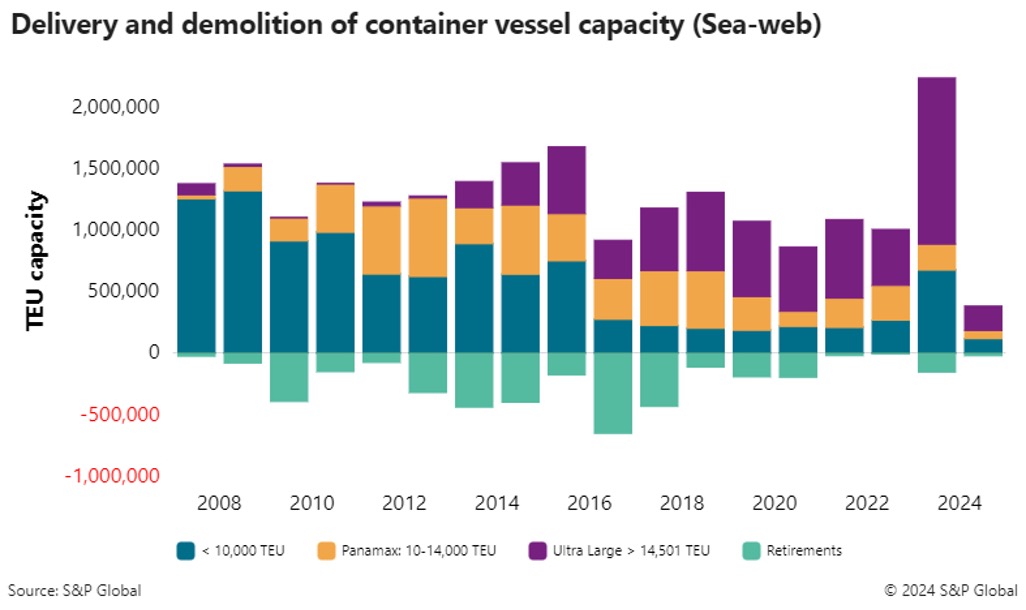Member Profile: Tina Lyons, Double River Forwarding LLC
Sometimes, predicting the future of market prices, crop yield or weather would be helpful.
 While “The Simpsons” might be able to see the future, Tina Lyons didn’t foresee a pandemic throwing a wrench in her best laid plans when she founded her company back in 2008.
While “The Simpsons” might be able to see the future, Tina Lyons didn’t foresee a pandemic throwing a wrench in her best laid plans when she founded her company back in 2008.
“I wanted to do something in international (business), and I didn’t quite know how it would turn out,” Lyons said. “It certainly hasn’t been easy. I think if I had known the pandemic was going to happen, I never would have done (this). There’s no way anyone could have known that (a few) years ago.”
She persevered through the challenge as the owner of Double River Forwarding LLC in Portland, Ore., shipping items like soymeal, corn gluten meal, grass seed and more.
“At some point you have to decide where your strengths are, and I had a lot of contacts in the ag industry in the Midwest, so I decided that’s what I was going to focus on, since that made the most sense,” Lyons said of starting Double River Forwarding.
Prior to launching her own business, Lyons started a wastepaper company in freight forwarding. After working for a few companies, including a small commodity trading company, and seeing how it’s done, Lyons figured she could do it herself.
Through Specialty and Soya Grains Alliance (SSGA), she’s made connections and continues to engage with industry leaders around the country.
“I think probably the first conference that I went to was in St. Louis, and SSGA wasn’t in existence yet,” Lyons said. “A lot of people who now are in SSGA were in Midwest Shippers and that’s how I met everybody. They were advocating for so many of my customers in the Midwest, so it made sense to be a part of that and stay connected. That morphed into SSGA. I feel like you can really get a lot done and learn a lot because there’s such a willingness for everybody to help each other.”
After joining SSGA, she was appointed to the Competitive Shipping Action Team and named chair. Lyons said she’s not afraid to jump in to help and build relationships.
“There’s a lot of good people on that committee,” Lyons said. “That’s been a real honor. And that particular group of people, everybody in that committee is really smart and engaged and they show up to the meetings. They contribute by asking questions, and the committee is really moving forward on trying to tackle some of the problems we have in shipping out of the Midwest.”
Since joining SSGA, Lyons said she has seen a benefit to joining every day since.
Lyons said it’s difficult in the tight-knit freight forwarder community to get new business. But when new partnerships are secured, it’s rewarding knowing everyone has challenges and the customer’s business was earned.
“(Being a member of SSGA) gives me some support to make it through some of these hard times that we still seem to be going through, and to know that other people are out there that can help,” Lyons said.




